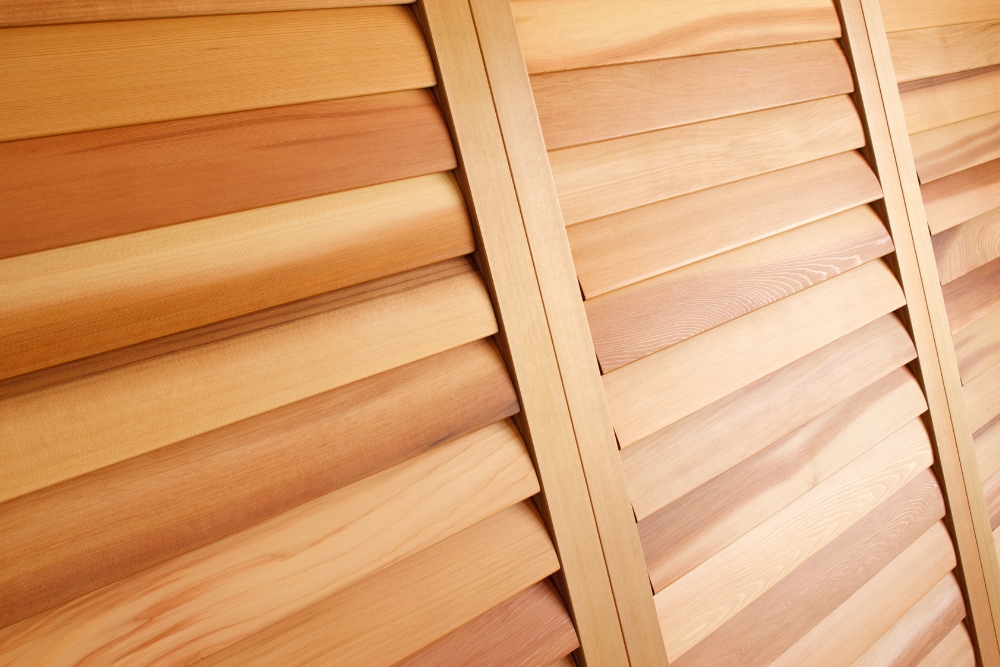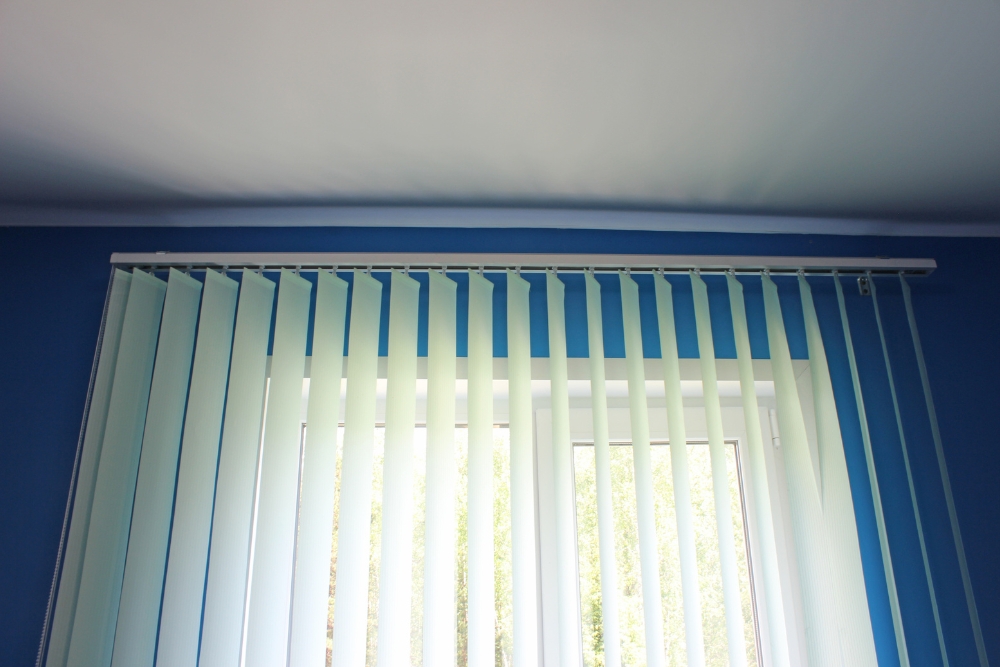We’ve all had that gentle push, that whisper in the back of our mind urging us to step up and do our bit for the planet. Just like you, we’re a bunch of keen beans when it comes to slashing our carbon footprint.
Turns out, our homes and buildings are behind nearly 40% of the world’s energy-related CO2 emissions – pretty staggering, isn’t it? But not to worry, mate! We’ve done a bit of digging around and stumbled upon an amazing array of eco-friendly screen solutions that’ll spruce up your home and make it as energy-efficient as they come.
So come on, let’s take a deep dive together into how these clever little screens can make a massive difference!
Key Takeaways
- Eco-friendly screens use sustainable or recycled materials to slash our carbon footprints and are designed to blend in with both modern and classic home styles.
- By opting for energy-efficient solutions like double-glazed windows and insulated doors, along with smart tech systems, we can trim down energy bills and boost sustainability.
- Improved indoor air quality is within reach through screens crafted from low-emission materials that also support better ventilation throughout the house.
- It’s vital to pick products that adhere to environmental certifications and buy from trusted suppliers who source responsibly, ensuring that our homes align with global sustainability practices.
- Solar energy systems, natural lighting designs, and water-saving technologies stand out as top trends in sustainable home design for cutting down on resource usage.
Eco-Friendly Options for Sustainable Home Design
When it comes to sustainable home design, there are a variety of eco-friendly options to consider. These options can help lower the environmental impact, boost energy efficiency, and improve indoor air quality within your home.
Lower Environmental Impact
We’re all looking to do our part for the planet, and choosing screens with a lower environmental impact is a brilliant way to start. Eco-friendly screens help reduce our carbon footprint by using materials that are sustainably sourced or recycled. From green roofs that provide natural insulation to living walls that clean the air, every small change contributes to a healthier ecosystem.
Incorporating environmentally friendly home design doesn’t mean compromising on style or function either. Options like energy-efficient blinds and sustainable room dividers not only look great but also work hard to cut down on energy use within our homes. By selecting eco-conscious home design elements, we create spaces that promote sustainable living while keeping an eye on future generations who will inherit this earth.

Boosting Energy Efficiency
To further enhance our sustainable home design, we can focus on boosting energy efficiency. This involves implementing measures to reduce the amount of energy consumed within our homes.
By using eco-friendly screens and other energy-efficient solutions, we can significantly decrease our environmental impact while also saving on utility costs. Incorporating features like double-glazed windows, insulated doors, and solar shading devices helps to regulate indoor temperatures and minimise reliance on heating and cooling systems.
Opting for energy-efficient appliances and lighting fixtures can also contribute to lowering overall energy consumption. Additionally, integrating smart home technologies allows for better control over energy usage by automating lighting, heating, and ventilation systems based on occupancy patterns and natural light levels.
Improving Indoor Air Quality
We can improve indoor air quality by choosing eco-friendly screens made from sustainable materials. These materials release fewer harmful chemicals into the air, promoting a healthier living environment for our families.
By incorporating screens that meet national and international standards for air quality, we contribute to a cleaner and more sustainable home.
Sustainable home design should also include screens that allow for better ventilation, reducing the buildup of indoor pollutants. This helps in creating a healthier living space by ensuring fresh air circulation throughout our homes.
Considerations for Choosing Eco-Friendly Screens
When selecting eco-friendly screens for sustainable home design, it’s important to prioritise environmentally conscious materials, ensure they meet national and international standards, purchase from a reputable supplier, and choose the right style for your space. By considering these factors, you can make a positive impact on both your home and the environment.
Environmentally conscious materials
When designing a sustainable home, it is important to consider using environmentally conscious materials. This includes:
- Recycled or reclaimed wood for screens and dividers
- Low VOC (volatile organic compound) paints and finishes to minimise indoor air pollution
- Sustainable bamboo or cork for flooring and panelling
- Energy-efficient glass with low-emissivity coatings
- Eco-friendly fabrics made from organic cotton, hemp, or linen
Meeting national and international standards
When selecting eco-friendly screens for your sustainable home design, it’s essential to ensure that they meet national and international standards. Look for products that comply with relevant environmental certifications and building codes.
This can include Energy Star ratings, Green Seal certification, or compliance with LEED standards. It’s also important to choose screens made from sustainable materials such as bamboo, reclaimed wood, or recycled metal which adhere to global sustainability guidelines.
Buying from reputable suppliers who source their materials responsibly can provide additional assurance that the screens you select align with these standards.
Buying from a reputable supplier
When sourcing eco-friendly screens, it’s crucial to buy from a reputable supplier. Ensure the supplier uses environmentally conscious materials and meets national and international standards.
Look for a supplier with a proven track record of providing sustainable options. Choosing the right supplier can make a significant difference in the environmental impact of your home design.
Ensuring the materials come from a trusted source is essential when aiming for sustainability. Be on the lookout for suppliers who offer eco-friendly room dividers and sustainable living screens made from green building materials that align with your goals for an environmentally friendly construction project.
Choosing the right style for your space
When choosing the right style for your space, consider sustainable materials such as bamboo or reclaimed wood. These options not only add a touch of eco-friendliness to your home but also contribute to reducing environmental impact.
Additionally, look for screen designs that allow natural light to filter through, promoting energy efficiency and creating a warm and inviting atmosphere in your living spaces.
Opting for sleek, modern-style screens can complement contemporary home designs while traditional wooden dividers can enhance the charm of classic interiors. Pay attention to the scale and proportions of the screens as well; this will ensure they fit seamlessly into your space without overwhelming it.

Top Trends in Sustainable Home Design
Passive design, sustainable building materials, solar energy, natural lighting, and water conservation are some of the top trends in sustainable home design. These eco-friendly options not only reduce the environmental impact but also promote a healthy and energy-efficient living environment for homeowners.
Passive design
Passive design features help to naturally regulate the temperature inside your home, reducing the need for artificial heating and cooling. This can include strategic placement of windows and shading devices to maximise natural light while minimising heat gain.
Passive solar design also involves using materials with high thermal mass to store heat during the day and release it at night, ensuring comfortable indoor temperatures without excessive reliance on HVAC systems. Integrating passive design into your home can significantly reduce energy consumption and lower your environmental impact, aligning with eco-friendly options for sustainable home design.
Sustainable building materials
When choosing sustainable building materials, it’s important to consider environmentally conscious options that have a lower impact on the environment. Look for materials that are renewable, recycled, or have been responsibly sourced to minimise environmental harm.
By using sustainable building materials, you can reduce your home’s carbon footprint and contribute to a healthier planet.
Opting for sustainable building materials also promotes energy efficiency in your home. Materials such as reclaimed wood, bamboo flooring, and low-VOC paints can help improve the overall energy performance of your space while also creating a healthier indoor environment for you and your family.
Solar energy
Solar energy is a popular trend in sustainable home design. It involves utilising sunlight to generate electricity and heat, offering an eco-friendly alternative to traditional power sources.
By incorporating solar panels into your home, you can reduce your reliance on non-renewable energy and lower your carbon footprint. This renewable energy source not only benefits the environment but also helps homeowners save on electricity bills over time, making it a practical and cost-effective choice for sustainable living.
Implementing solar energy systems in homes aligns with green architecture principles and contributes to environmentally conscious housing options. With advancements in technology and increasing accessibility, integrating solar power into residential designs has become more achievable than ever before.
Natural lighting
Natural lighting is a key element in sustainable home design. It reduces the need for artificial lighting and decreases energy consumption. By incorporating natural light into your home, you can create bright and airy spaces while saving on electricity costs.
This environmentally friendly approach not only benefits the planet but also enhances the overall ambience of your living space.
When selecting sustainable screens for your home, it’s essential to consider options that promote natural lighting effectively and efficiently. Incorporating eco-friendly windows, skylights, and other transparent surfaces can maximise the use of natural light within your living areas without compromising privacy or energy efficiency.
Water conservation
Water conservation is a crucial aspect of sustainable home design. We can incorporate water-saving fixtures such as low-flow toilets and taps, rainwater harvesting systems, and drought-resistant landscaping.
Implementing these measures helps us reduce our overall water consumption, contributing to a more eco-friendly household. By making conscious choices about our water usage, we actively participate in preserving this precious resource for future generations.
We should also explore the possibility of greywater recycling systems, which allow us to reuse wastewater from sinks, showers, and laundry for purposes like irrigation or flushing toilets.
Incorporating Screens in Sustainable Home Design
Incorporating eco-friendly screens is a great way to enhance sustainable home design. We can create a healthier indoor environment by choosing screens made from environmentally conscious materials.
Improving energy efficiency and reducing environmental impact are achievable through smart choices in screen selection. It’s important to buy from reputable suppliers and ensure that the chosen style complements your space.
Achieve a Sustainable Home Design
Incorporating eco-friendly screens into sustainable home design has numerous benefits. These screens can lower environmental impact and improve energy efficiency. They also contribute to better indoor air quality, making them an essential consideration for any environmentally conscious homeowner.
Choosing the right eco-friendly screen option is a simple yet impactful step towards creating a greener and more sustainable living space.

